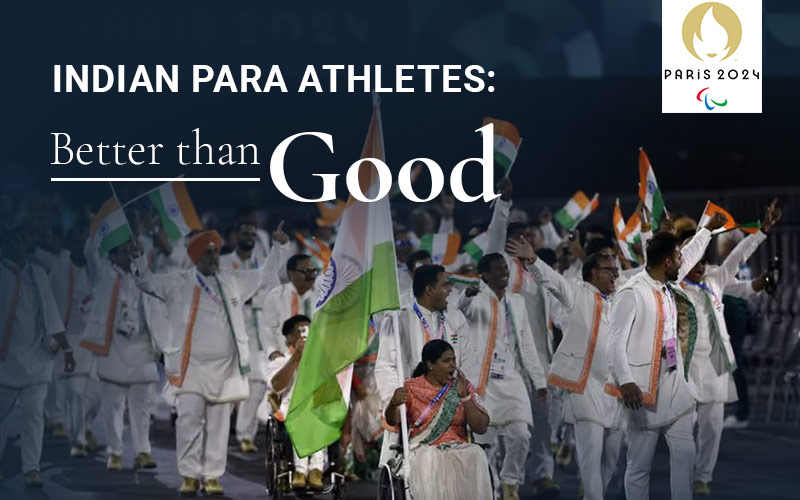
Indian Para Athletes: Better than good
India’s journey in the Paralympic arena saw a breakthrough moment at the 2012 London Paralympics, when Girisha Hosanagara Nagarajegowda clinched a silver medal in the men’s high jump. This lone victory was special for millions of Indians, as the country hadn’t won any medal in the 2008 Beijing Paralympics. However, it also sparked a larger conversation—was a single medal enough for a country with millions of people living with disabilities? The win not only brought pride but also prompted India to reflect on its approach to para sports and disability inclusion.
Fast forward a decade, and India’s performance in para sports has seen a remarkable transformation. From just one medal in 2012, India went on to win four medals at the 2016 Rio Paralympics and a staggering 20 medals at the 2020 Tokyo Paralympics. Most recently, India closed the 2024 Paris Paralympics with an impressive haul of 29 medals, signaling that a new era of para sports has arrived.
Milestones in Paris: Athletes Who Shone
Several achievements in Paris stand out as emblematic of India’s growth in para sports. Sheetal Devi, an archer who competes without arms, made headlines by winning a bronze in a mixed compound archery event alongside Rakesh Kumar. Meanwhile, Navdeep Singh registered a record throw of 47.32m in javelin, clinching gold in the F41 category for athletes with short stature. These victories showcase not just individual talent but also the depth and diversity of India’s para athletes.
The rapid rise of Indian para athletes is remarkable, especially given the nation’s struggles in the past. Though India still has some way to go before it can challenge para sport powerhouses like China (220 medals), Great Britain (124), and the US (105), the momentum is undeniable. So, what has changed in the relatively short span between 2012 and 2024?
A Confluence of Efforts: Government, Private, and Grassroots Initiatives
The success of India’s para athletes can be attributed to several factors that have converged over the past decade. The government, through programs like the Target Olympic Podium Scheme (TOPS), has played a crucial role in identifying and nurturing talent. This support system is complemented by private initiatives such as Olympic Gold Quest, which is funded by corporate sponsors and has helped para athletes realize their full potential.
Gaurav Khanna, head coach of the Indian para badminton team, believes that increased visibility of para athletes has helped change mindsets. “This has increased the number of athletes who are participating and who are having confidence that they can do better,” Khanna says. When he joined the para badminton team in 2015, there were only 50 athletes in the national camp. Today, that number has surged to 1,000.
Technology has also played a pivotal role. With India’s growing economic strength, para athletes now have access to world-class equipment, customized for each sport and athlete. According to Khanna, the lack of proper equipment had previously hindered progress. “We didn’t have access to good equipment earlier, but now it’s a different world for our athletes,” he says.
The Role of Families and Changing Perceptions
Disability rights activists like Nipun Malhotra credit the increased integration of people with disabilities into family and social structures as another key factor. "Parents now believe that children with disabilities can also become heroes," says Malhotra. This shift has encouraged more families to support their children in pursuing para sports, a stark change from earlier years when parents were often reluctant to send their children to training camps.
The emergence of role models like Sheetal Devi, who is now as popular in India as Olympic athletes like Manu Bhaker, has further fueled this change. Devi's rise from a small village in Jammu district to becoming a Paralympic medalist is a testament to the power of support systems. Her journey, which began when she was introduced to archery only two years ago, highlights how the right guidance and resources can transform lives.
The Road Ahead: Challenges and Opportunities
While the achievements of Indian para athletes are inspiring, there is still much work to be done. Malhotra points out that India remains far from being disability-friendly, with many public spaces lacking basic accessibility features. Even highly educated individuals with disabilities struggle to find employment due to lingering biases. He hopes that the success of India’s para athletes will help break down barriers in other sectors, including employment.
At the grassroots level, there is a pressing need for more trained coaches and better facilities. Despite improvements in sports infrastructure in small cities, para sports lag behind. "You will not find well-trained para sport coaches even in most prominent schools in cities like Delhi and Mumbai, and this has to change," says Malhotra. Khanna echoes this sentiment, urging both government and private entities to invest in training more coaches who can spot and nurture raw talent in the remotest corners of the country.
Conclusion: A Brighter Future for Para Sports
India’s Paralympic journey over the past decade is a story of resilience, growth, and transformation. From Girisha Nagarajegowda’s lone silver in 2012 to the 29 medals in Paris 2024, the rise of Indian para athletes is a testament to the power of collective effort—from government support and corporate sponsorships to the dedication of coaches like Gaurav Khanna and the changing attitudes of families and society.
While there is still a long way to go, the achievements of India’s para athletes offer hope for a more inclusive future. As more heroes emerge and inspire future generations, India’s para sports scene will continue to grow, not just in medal counts but in changing perceptions and opening doors for people with disabilities across the nation.
Disclaimer: The opinions expressed in this article are those of the author's. They do not purport to reflect the opinions or views of The Critical Script or its editor.

Newsletter!!!
Subscribe to our weekly Newsletter and stay tuned.



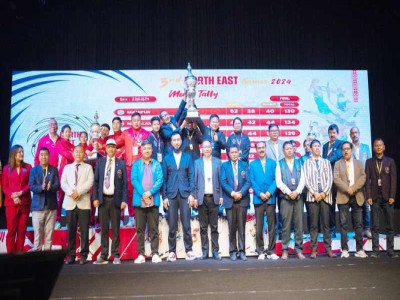
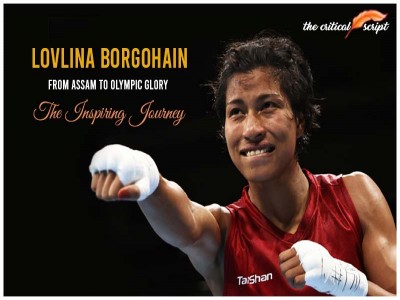
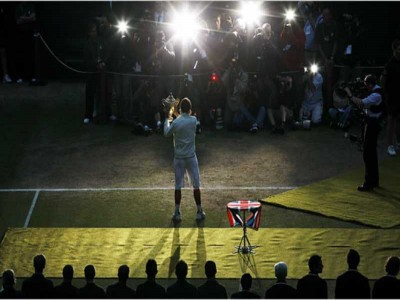
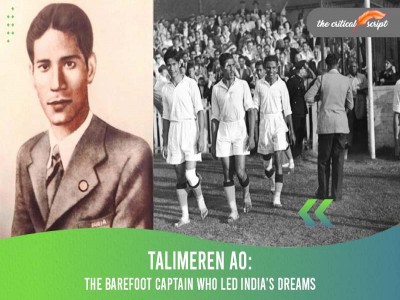
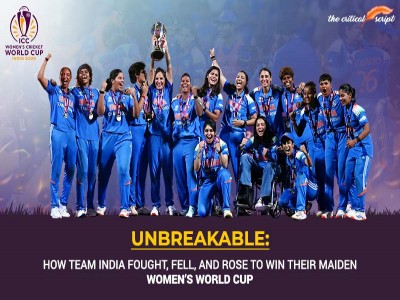









Related Comments